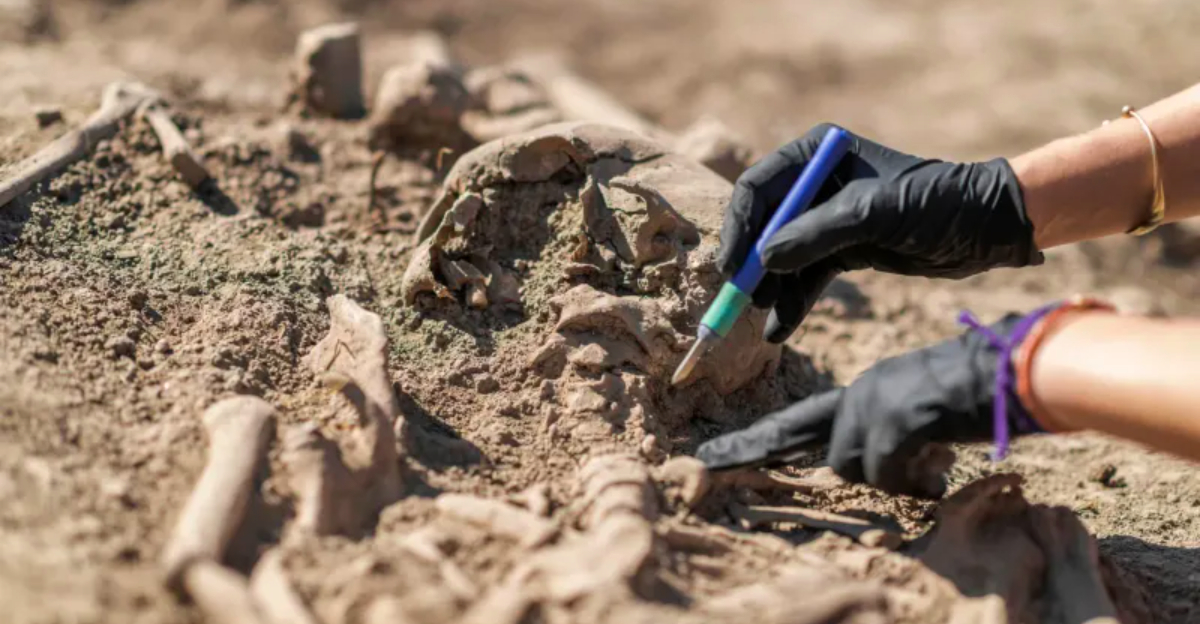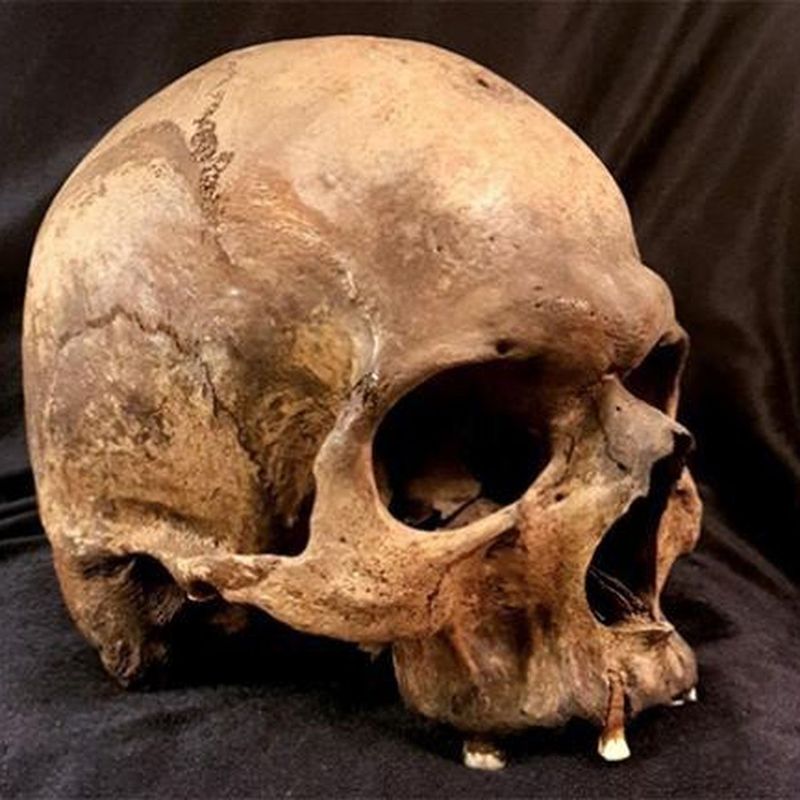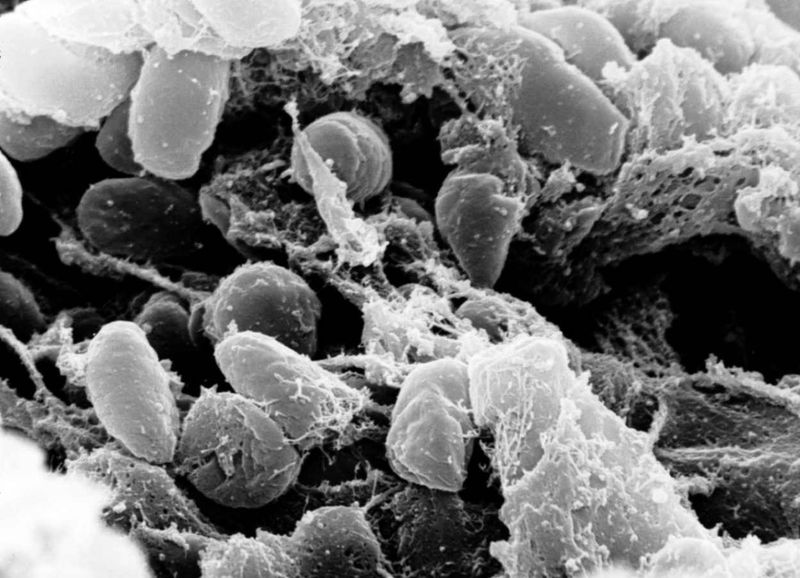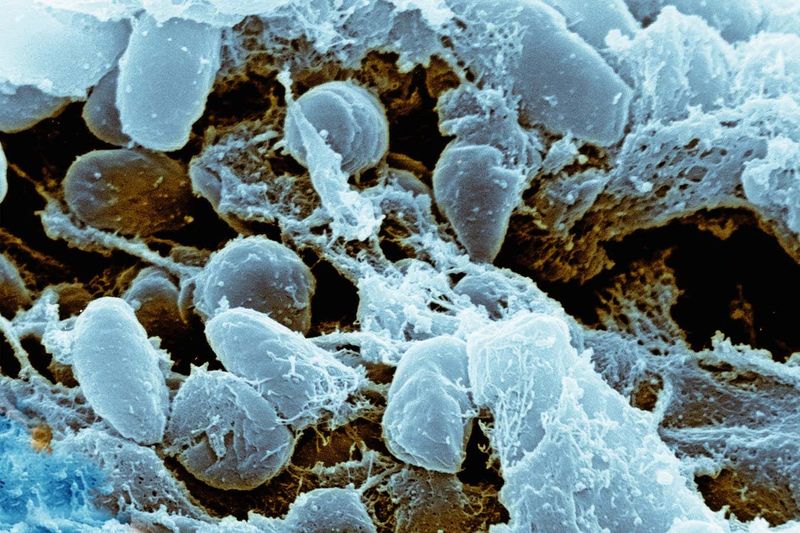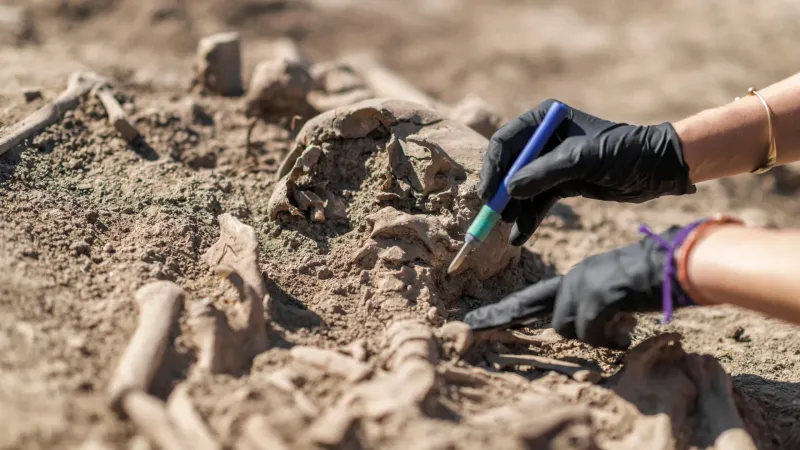Scientists recently made an incredible discovery by studying ancient human bones and teeth from across Eurasia. They found traces of 214 different disease-causing germs in people who lived thousands of years ago—some as far back as 37,000 years! This massive study helps us understand how diseases spread throughout human history and might even hint at pandemics that happened long before any written records existed. By mapping these ancient infections, researchers are uncovering secrets about how our ancestors lived, interacted with animals, and faced health challenges that shaped humanity.
Mapping Disease Through the Ages: Ancient Pathogens in Human DNA
Scientists examined bones and teeth from over 1,300 prehistoric individuals to create the most detailed disease map ever made. Some of these remains date back an astonishing 37,000 years, offering a window into infections that plagued our earliest ancestors.
Using advanced DNA technology, researchers identified bacteria, viruses, and parasites that infected humans long before anyone could write about them. The study covered a massive geographic area across Eurasia, revealing how different diseases appeared in various regions and time periods.
What makes this research groundbreaking is its scale and precision. By reconstructing the genetic material of ancient germs, scientists can now trace how diseases evolved and moved through human populations across millennia, giving us unprecedented insight into our health history.
When Diseases First Jumped Species: Zoonosis and Farming
About 6,500 years ago, something changed in how humans got sick. Researchers found the earliest confirmed evidence of zoonotic diseases—infections that jump from animals to people—dating to this period.
Around 5,000 years ago, these animal-to-human infections exploded in number. This timing perfectly matches when farming became widespread, people started keeping livestock close to their homes, and communities grew larger and denser. Close contact with cows, pigs, and sheep created perfect conditions for germs to spread.
Large migrations of people also played a role in spreading diseases across continents. When pastoralists moved from the Pontic Steppe region, they brought their animals—and their infections—with them, introducing new pathogens to populations that had never encountered them before.
Plague’s Ancient Roots and Other Pathogens
Among the 214 pathogens discovered, one stands out: Yersinia pestis, the bacterium responsible for plague. Scientists found its genetic signature in a 5,500-year-old sample—the oldest plague evidence ever discovered.
This finding pushes plague’s history back thousands of years before the famous medieval Black Death pandemic. Many other dangerous diseases also appeared in the ancient DNA samples, including diphtheria, hepatitis B, and various parasites. Each pathogen showed up at different times throughout prehistory.
While not every infection came from animals, the study clearly links many new diseases to major shifts in how humans lived. As lifestyles changed from hunting and gathering to farming and city-building, our disease landscape transformed dramatically alongside these cultural revolutions.
What It Tells Us—and What It Doesn’t
This study represents the largest investigation of ancient diseases ever conducted, opening remarkable new perspectives on how humans and germs evolved together. However, scientists caution against overstating conclusions—the research shows patterns and correlations but cannot definitively prove that specific outbreaks caused population collapses or forced migrations.
Many pathogens, especially RNA viruses, break down too quickly to survive in ancient remains. This means our reconstructed disease history is incomplete, showing only the hardiest microbes that left detectable traces.
Despite these limitations, the findings offer practical benefits today. Understanding how ancient diseases evolved can guide vaccine development, help predict future outbreaks, and reveal how human behavior throughout history has influenced the health challenges we face now.
